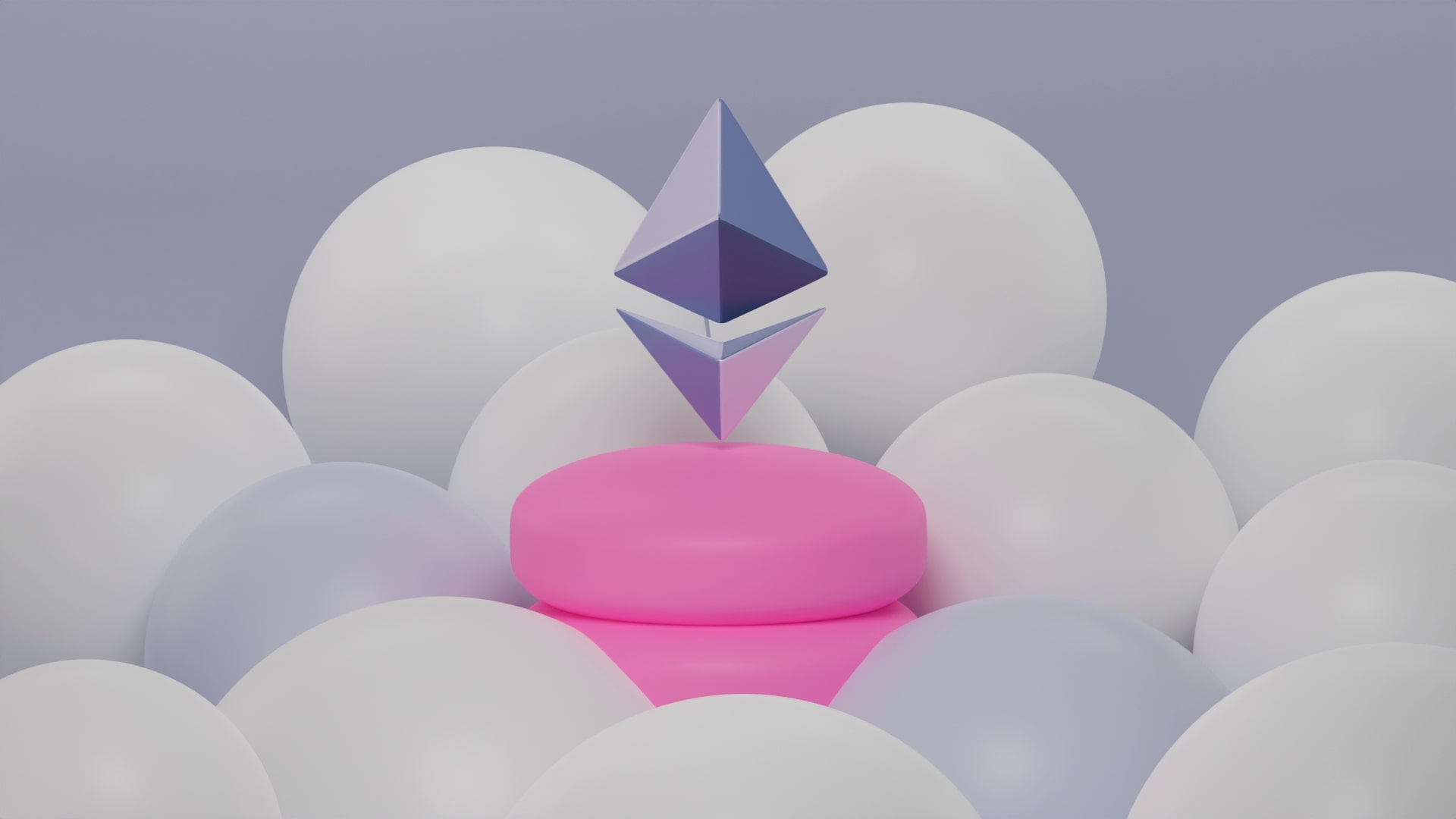As the community awaits the anticipated upgrade on September 15, Ethereum.org, the official website of Ethereum, has updated 8 myths regarding the Merge. The Merge will not cut gas fees, speed up transactions, or allow for the withdrawal of staked ETH.
These improvements will occur upon the conclusion of the Surge, Verge, Purge, and Splurge stages, as well as the Shanghai upgrade.
After the Merge, Ethereum Dispels 8 Myths About Gas Fees, Transaction Speed, and Staking
On August 17, Ethereum.org revised 8 common misconceptions regarding the Merge as the upgrade date approaches. With the combination of the Ethereum Mainnet and Beacon Chain, Ethereum is transitioning from proof-of-work (PoW) to proof-of-stake (PoS) consensus. It will cut power consumption by 99%.
To switch to proof-of-stake Ethereum, users do not need to change their software, transfer cash, or transmit ETH. However, users must be cautious of scams and misconceptions regarding the Merge.
Misconception 1: A merger will lower gas prices.
The Merge will switch the consensus mechanism to PoS, however it will not increase network capacity or throughput to reduce gas expenses. In reality, the gas fee is determined by the Ethereum network’s demand.
However, the switch to PoS will allow the Surge phrase to focus on building scalability through sharding and rollups, which will dramatically cut gas expenses.
Misconception 2: Merging Will Speed Up Transactions
The transaction speed will not improve significantly because blocks will be produced 10% faster on PoS than on PoW. It introduces the notions of transaction finality and epochs.
Users should expect a faster transaction speed of 100,000 transactions per second after all phases of the Ethereum upgrade are completed.
Misconception 3: The Merge Will Allow For Staked ETH Withdrawals
The Merge will not allow for the immediate withdrawal of staked ETH (stETH). Only staked ETH withdrawals will be permitted following the Shanghai update. This indicates that Ethereum assets will be locked and illiquid for the next 6-12 months.
Misconception 4: Validators Will Not Receive Liquid ETH Rewards
During block proposals on the Ethereum Mainnet, validators will get instant fee rewards as well as maximal extractable value (MEV). The newly issued ETH on the Beacon Chain will be locked until the Shanghai update.
Misconception 5: After enabling withdrawals, all holders will leave at once.
Following the Shanghai update, all validators will be motivated to withdraw staked ETH or stake additional ETH using incentives. Furthermore, validator exits are rate controlled for security reasons, with a maximum of 6 validators exiting per epoch or 6.4 minutes.
Misconception 6: After the merger, the staking APR will triple.
The APR may only rise by about 50%, not 200%. The more fees paid by users, the higher the fee rewards for validators.
Misconception 7: Running a node necessitates the staking of 32 ETH.
To process a block, mining nodes under proof-of-work (PoW) and validator nodes under proof-of-stake (PoS) require economic resources. A non-block-producing node does not need ETH, but rather a computer with 1-2 TB of storage and an internet connection. These blocks contribute to the Ethereum protocol’s increased security, privacy, and censorship resistance.
Misconception 8: The Merge Will Cause Ethereum Blockchain Downtime
The Merge will be triggered by the terminal total difficulty (TTD) to automatically shift Ethereum to PoS. There is no time for rest.
After the Upgrade, ETH is deflationary.
Because of the EIP-1559 burning mechanism, Ethereum will become a deflationary asset following the Merge.
Under the correct market conditions, ETH prices will most likely rise due to increased demand. According to Vitalik Buterin, Ethereum will acquire popularity six to eight months after the Merge.

 English
English 简体中文
简体中文 繁體中文
繁體中文 Español
Español 日本語
日本語 한국어
한국어 ภาษาไทย
ภาษาไทย

